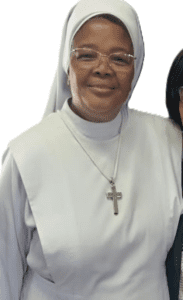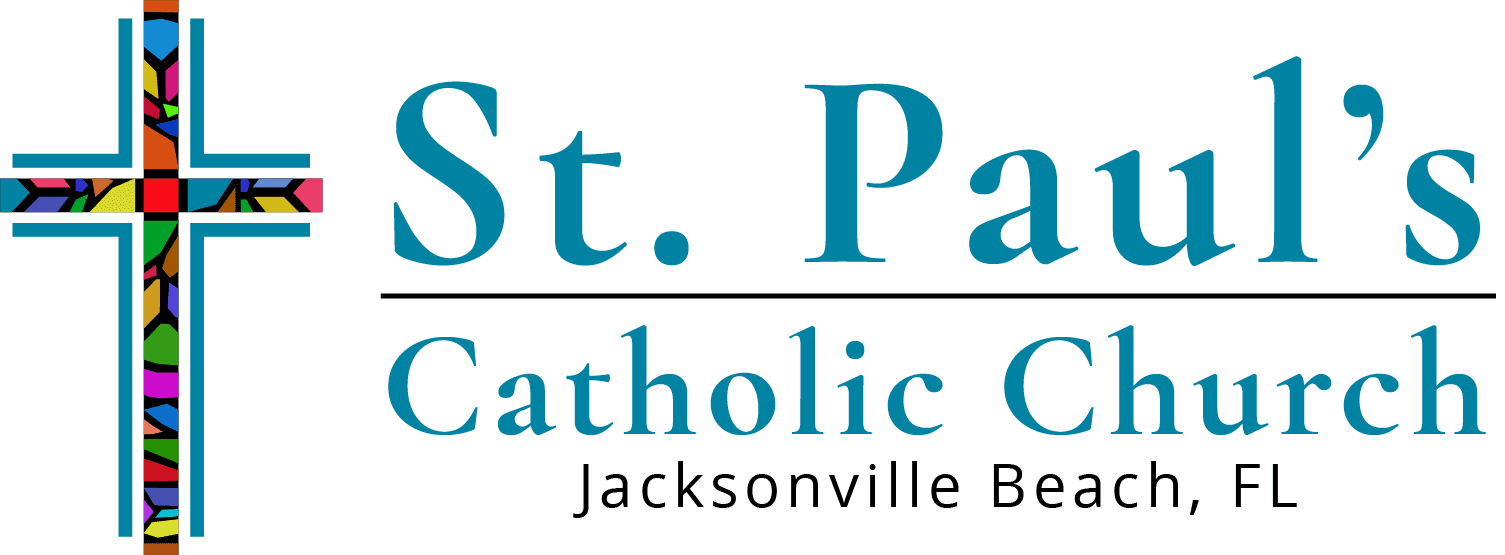 Sr. Eva Bernard is an Oblate Sister of St. Francis de Sales who lives and works in South Africa where the Oblate Sisters take care of the poor and the marginalized through education, pastoral outreach, and charity. Sister joined the Congregation in 1975. She has taught in Catholic schools in South Africa for 28 years, working to uplift the poor and those in need. During these years she held various responsibilities, including leadership and service in her Congregation. She was a member of the Catholic Board of Education in Cape Town until June 2022. Sister serves as Director of Catechetics on the Catechetical team of her Diocese of Oudtshoorn, South Africa, training and supporting catechists, running retreats and seminars. She is currently a catechist in her parish of St. Charles Lwanga in Mossel Bay. In June 2022 she retired from teaching and has been appointed Mission Procurator for her Congregation, in collaboration with the Oblate Sisters of St. Francis de Sales in the United States. Sr. Eva is in this country to raise awareness and to seek financial support of the missions where the Oblate Sisters work.
Sr. Eva Bernard is an Oblate Sister of St. Francis de Sales who lives and works in South Africa where the Oblate Sisters take care of the poor and the marginalized through education, pastoral outreach, and charity. Sister joined the Congregation in 1975. She has taught in Catholic schools in South Africa for 28 years, working to uplift the poor and those in need. During these years she held various responsibilities, including leadership and service in her Congregation. She was a member of the Catholic Board of Education in Cape Town until June 2022. Sister serves as Director of Catechetics on the Catechetical team of her Diocese of Oudtshoorn, South Africa, training and supporting catechists, running retreats and seminars. She is currently a catechist in her parish of St. Charles Lwanga in Mossel Bay. In June 2022 she retired from teaching and has been appointed Mission Procurator for her Congregation, in collaboration with the Oblate Sisters of St. Francis de Sales in the United States. Sr. Eva is in this country to raise awareness and to seek financial support of the missions where the Oblate Sisters work.
OBLATE SISTERS’ MISSIONARY WORK
The Oblate Sisters have been in active missionary service to the people of God since 1882. They work in South Africa and Namibia. With little to no resources, they run schools, serve the poor, and work in parishes to help meet specific needs. The number of those helped by the charity of the Sisters is increasing by the day, especially post-Covid. The need far surpasses the resources of the Sisters. Sr. Eva Bernard, from the missions in South Africa, is visiting your parish to share her story and ask for financial support.
The Sisters devote themselves to providing food for poor families. This includes fruit and healthy food for children to prevent malnutrition. Several Sisters are involved in teaching in four pre-schools, three primary schools and one high school, educating young minds and hearts. Many parents are seasonal workers and cannot afford school fees for their children. This makes it extremely difficult, and their schools are literally run on “mercy,” relying on the prayers and support of good people to continue the work of evangelization and serving humanity.







